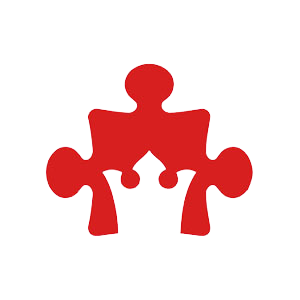How to calculate the jigsaw puzzle cost?

Calculating the cost of producing a jigsaw puzzle involves considering various factors. Here is a basic guide on how to calculate the jigsaw puzzle cost:
Materials Cost:
- Cardboard or Puzzle Board: Calculate the cost of the material used for the puzzle pieces. This includes the cardboard or puzzle board used for the puzzle base.
- Printing: If the puzzle has a custom image, consider the cost of printing that image onto the puzzle pieces.
Manufacturing Cost:
- Die-cutting: Determine the cost of cutting the puzzle pieces. This involves creating a custom die or cutting tool to produce the specific shapes required for the puzzle.
- Labor: Consider the labor costs associated with assembling the puzzles, including the time it takes for workers to set up the die-cutting machine and package the puzzles.
Packaging Cost:
- Box: Include the cost of the puzzle box or packaging. This involves both the material and printing costs for the box.
- Shrink wrapping or packaging process: Consider any additional costs associated with packaging the puzzles for retail, including shrink-wrapping or other protective measures.
Shipping and Logistics:
- Transportation: Factor in the cost of shipping the raw materials to the manufacturing facility and shipping the finished puzzles to distribution centers or customers.
- Import/Export Duties: If applicable, consider any customs duties or tariffs associated with importing/exporting materials or finished puzzles.
Overhead and Miscellaneous Costs:
- Utilities: Include the cost of utilities required during the manufacturing process.
- Rent and Maintenance: If you own or lease a manufacturing facility, consider the cost of rent and maintenance for the space.
- Quality Control: Budget for any quality control measures to ensure the puzzles meet standards.
Profit Margin:
- Profit Percentage: Decide on a reasonable profit margin for your business. This is the percentage of the total cost that represents your profit.
Marketing and Distribution Costs:
- Marketing expenses: Include costs related to marketing the puzzles, such as advertising, promotions, and any marketing materials.
- Distribution costs: If you use distributors or retailers, consider the associated costs and profit margins.
Customization and Special Features:
- Special Features: If the puzzle has special features, such as unique packaging, additional pieces, or special printing techniques, factor in the additional costs.
Economies of Scale:
- Volume Discounts: Consider whether ordering larger quantities will result in volume discounts for materials or manufacturing.
Research and Development:
- Design Costs: If you invest in the design of unique puzzle shapes or features, include these costs in the overall calculation.
Once you’ve gathered these costs, you can calculate the total cost per unit by adding all the individual costs together. This total cost, along with your desired profit margin, will help determine the selling price of the jigsaw puzzle. Keep in mind that market research and competitive analysis are essential to ensure your pricing is competitive and attractive to customers.



发表评论
Want to join the discussion?Feel free to contribute!